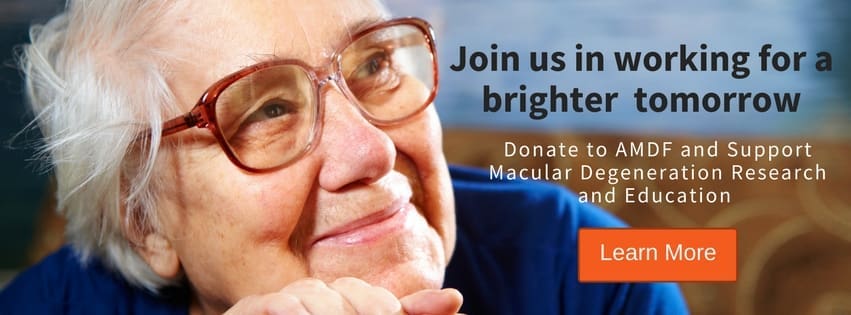
In addition to some exciting new treatments now FDA-approved for the treatment of different stages of macular degeneration (published in the current issue of our print newsletter, In the Spotlight, several new treatment options for macular degeneration are on the horizon.
Emerging Approaches to AMD Treatments
The process of capturing light and transforming it into signals that the brain interprets as vision makes the retina the most bioactive tissue in the body, requiring huge amounts of energy, which is provided by mitochondria, the energy-producing organelles within cells. A new tool that improves mitochondria function may soon become available to slow the advance of AMD. Phase 3 clinical trials of a treatment known as photobiomodulation (PBM) have demonstrated sustained improvement in vision and a reduction in rates of new geographic atrophy in patients with intermediate dry AMD across two years. The non-invasive Valeda system (by Lumithera), already in use in Europe, exposes tissue to specific wavelengths of light, and reduces drusen development, slows the progression of geographic atrophy, possibly reduces conversion from dry to wet AMD, and may also slow the progression of Stargardt disease.
Scientists have found strong evidence that points to two disease processes in early AMD — with the potential to treat both. We already know that one of the earliest indications of AMD is the growth and spread of cholesterol-containing deposits behind the retina. The progression of one form of these deposits, called drusen, can be accelerated by eating a poor diet, high in carbs and saturated fats. The AREDS2 vitamin formula and the adoption of healthy dietary habits can slow their growth. But a second kind, called subretinal drusenoid deposits (SDDs), signal a greater risk for advanced AMD. Researchers believe SDDs are driven by a separate process — deficient blood flow to the eye, caused by vascular diseases — and that treating cardiovascular conditions may also treat SDDs. They further believe that AMD patients with observed SDDs should be warned that they may have undetected heart conditions.
Macular Degeneration Self Care Research
It’s possible that, later this year, wet AMD patients will have a new tool to help them better manage their disease. A home imaging device, called Notal Vision Home OCT, can take images rivaling those taken in an ophthalmologist’s office. Studies have shown that patients can set the device up and use it effectively to send images to the cloud, where a remote image analysis service can evaluate them — and their doctor can closely follow AMD progression, as well as the effects of treatment between office visits. In best case scenarios, patients who regularly use the device will be able to share critical structural changes in their retina, in real time, with their doctor, and reduce office visits by achieving the optimal time between treatments. Doctors, researchers and drug makers will also gain more detailed knowledge of how treatments and emerging drug delivery systems are working. The Home OCT has already been granted a Breakthrough Device designation by the FDA, along with reimbursement codes, in anticipation of its approval.
Gene Therapies for Macular Degeneration
In the next few years, therapies for AMD that use genetic material to cause the eye to make its own medicine may become available.
- For wet AMD, RGX-314 (Regenxbio) and ADVM-022 (Adverum Biotechnologies) are in human trials and show promise. Both treatments instruct cells to make anti-VEGF proteins at therapeutic levels for up to three years. Whether these treatments represent one-and-done permanent solutions remains to be seen, but that is the goal.
- For geographic atrophy (GA), a gene therapy called GT-005 (from Gyroscope, recently acquired by Novartis) has so far been found safe and effective in clinical trials. Rather than instructing the eye to manufacture a drug, GT-005 causes the eye to make more of a protein that the body normally releases to tamp down inflammation.
- For Stargardts, sonpiretigene isteparvovec (Nanoscope Therapeutics) is the pharmaceutical name for a gene therapy for those with advanced vision loss from Stargardt disease, now in clinical trials. The emerging optogenetic therapy, which eventually may also apply to late dry AMD patients, adds genetic material that creates light sensitivity in bipolar cells for people who have lost most of their photoreceptors. Normally, bipolar cells are not light sensitive; their job is to convey visual information from the photoreceptors to the brain for processing into sight. Adding light sensitivity to these cells would not create full color vision, but would create the ability to perceive single-color versions of images.
In yet another use of gene therapy as a potential treatment for AMD, a Canadian research team has found that, by adding two, newly-identified genes, they can transform glial cells (which support the structure and metabolism of the entire retina) into cells that function as cone photoreceptors, which provide color vision and visual acuity. This approach represents an advance over stem cell transplantation by taking advantage of existing cells. The next step in refining this process will be the creation of fully functioning cone cells and the restoration of lost sight.
Stem Cell Therapy for Macular Degeneration
Whereas gene therapies seek to create new instructions to correct diseased pathways, stem cell therapies seek to create replacement parts.
Scientists at the National Eye Institute (NEI) have developed a potential tissue replacement treatment for GA. The first patient in a small clinical trial to determine the treatment’s safety has already received a patch of lab-grown, retinal pigmented epithelial (RPE) cells, surgically inserted under the retina, where their job is to replace diseased RPE cells and keep photoreceptors from dying. The patch itself is created by turning a patient’s blood cells into stem cells, then directing the stem cells to become RPE cells, and placing them on a biodegradable scaffold. Since the patch is grown from the patient’s own cells, there is no need to prevent the body from rejecting it by taking immunosuppressive drugs.
AMD Implant Options on the Horizon
Retinal prosthesis – There are promising reports coming from labs that are testing various aspects of a retinal prosthesis, under development by Pixium Vision, which is intended for patients with advanced dry AMD. The system combines a tiny chip that is surgically implanted behind the retina and wirelessly receives visual information from glasses containing a camera, connected to a pocket processor. In one study, patients were able to naturally integrate the central vision provided by the chip with their remaining peripheral vision, suggesting that the system could restore functional vision. In another study, implantation of the chip was found to cause only minor tissue changes following the minimally invasive surgery. Future versions of the system will provide greater acuity, which currently only allows very large letters to be read.
Implantable Miniature Telescope – A smaller version of the already FDA-approved Implantable Miniature Telescope (IMT) is entering clinical trials. Called the Smaller-Incision New-Generation IMT (SING IMT™, from Samsara Vision), this new design’s smaller size reduces surgical trauma, and it comes with its own delivery system, reducing errors in surgical implantation. The device is intended for people with late AMD, for whom other treatments have not worked, can only be implanted in one eye, and requires extensive vision rehab training.
New Drug treatments for Macular Degeneration Coming
FOR DRY AMD AND GEOGRAPHIC ATROPHY (GA)
Zimura (avacincaptad pegol), another eye-injection drug for the treatment of GA, has been given Breakthrough Therapy designation by the FDA, which will accelerate its development and regulatory review, creating the potential for it to become available to patients in the near future.
AVD-104 (Aviceda Therapeutics), an experimental, intravitreal injection drug for the treatment of geographic atrophy — that may also act like an anti-VEGF therapy in reducing new blood vessel growth — is entering phase 2 clinical trials.
Risuteganib and Elamipretide – Two investigational drugs for AMD that act by improving the function of mitochondria are in phase 2 clinical trials. Risuteganib (Luminate, Allegro Ophthalmics), delivered by intravitreal injection for intermediate dry AMD, restored significant functional vision for patients who had some vision loss, but not complete atrophy of the outer layers of the retina. Elamipretide (Stealth Biotherapeutics), injected into the skin of GA patients, has also shown a positive effect on visual function.
FOR NEOVASCULAR (WET) AMD
OPT-302 (Opthea) is a combo drug for wet AMD, but it operates in a different manner than other currently available anti-VEGF treatments, which block only one of three VEGF blood vessel growth promoters: VEGF A. Because blocking the activity of VEGF A may increase the activity of VEGF C and VEGF D (which also promote the growth of new blood vessels), OPT-302 combines an anti-VEGF A drug with additional anti-VEGF C and D “trappers” to improve the long term control of wet AMD.
D-45172.2 for Wet AMD – Early clinical trials are starting for a wet AMD treatment, D-4517.2 (Ashvattha Therapeutics). Patients would be able to inject the drug themselves, at home…and an oral form is also in development.
Axitinib – A new type of anti-VEGF drug — axitinib injectable suspension, CLS-AX (Clearside) — that is administered not into the center of the eye but into a space between the outer layers of the eyeball, has demonstrated the ability for patients to go 6 months and beyond between treatments in early clinical trials. The same drug, administered as a gel implant, OTX-TKI (Inlyta) that gets completely absorbed in the eye, is having similar success in early tests.
FOR STARGARDTS
ALK-001 (Alkeus Pharmaceuticals) is an oral vitamin A replacement, currently in human trials, that safely provides vitamin A’s functions in Stargardt patients while slowing the growth of lesions.
LBS-008 (also called Tinlarebant, from Belite Bio) is another oral treatment for Stargardt disease that is in late clinical trials. It reduces toxic vitamin A byproducts by reducing the delivery of vitamin A. Since dry AMD also involves the accumulation of the same toxic vitamin A byproducts, the drug is also in testing as a dry AMD treatment.



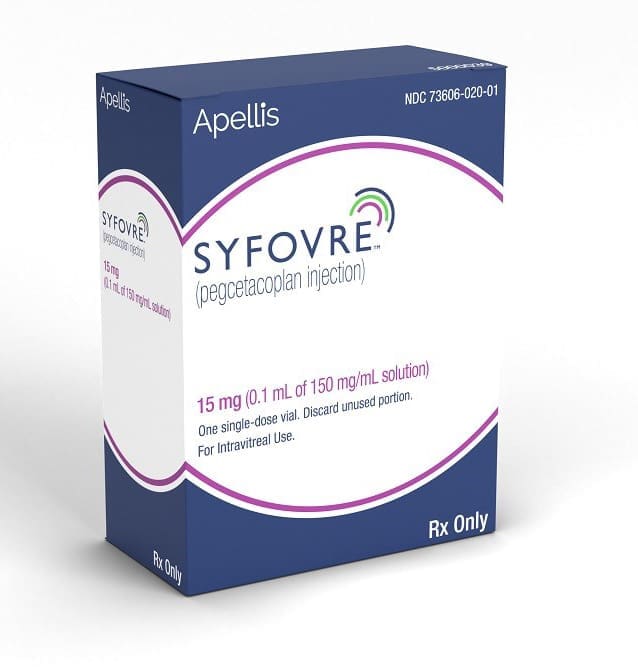

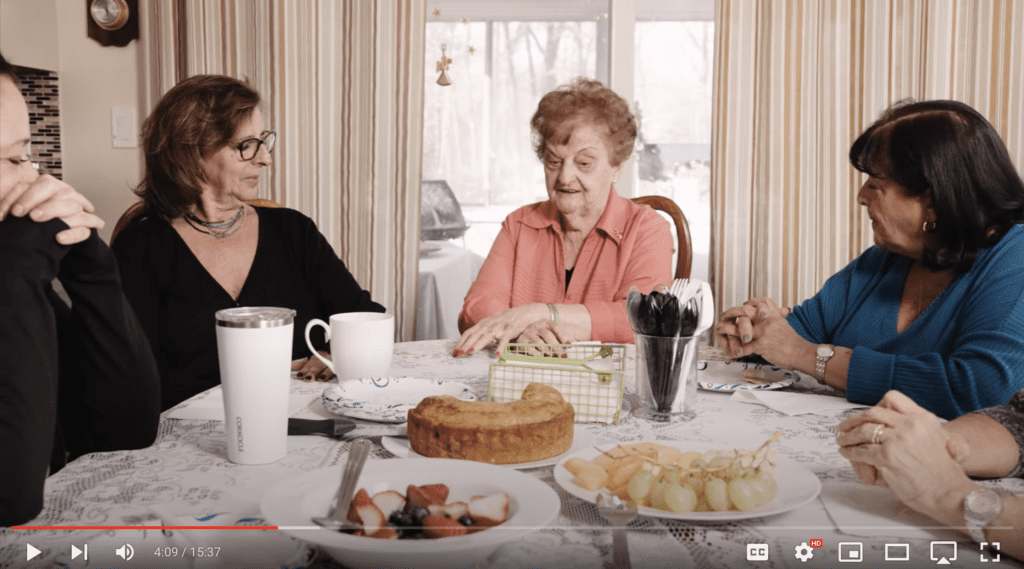

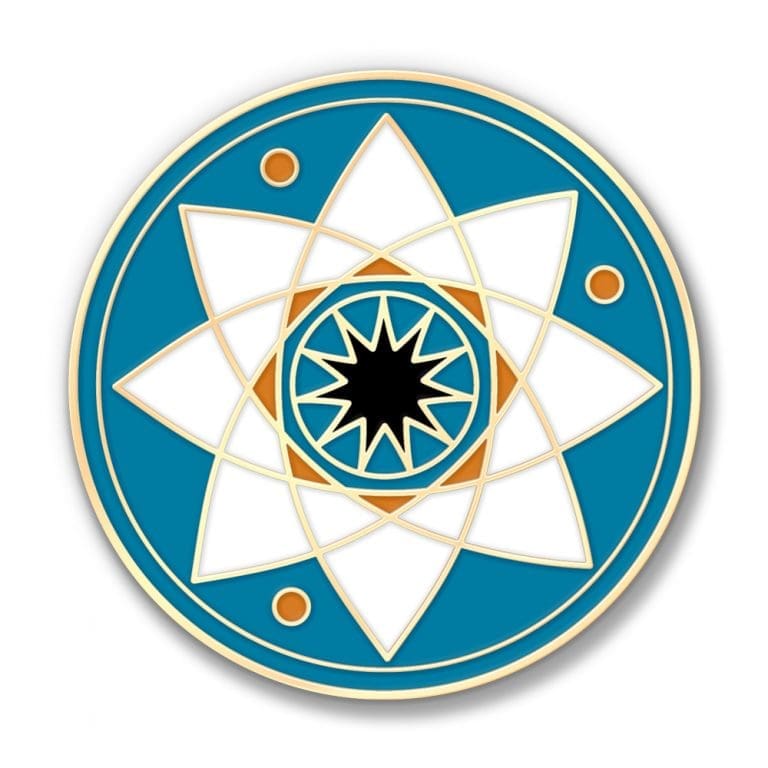
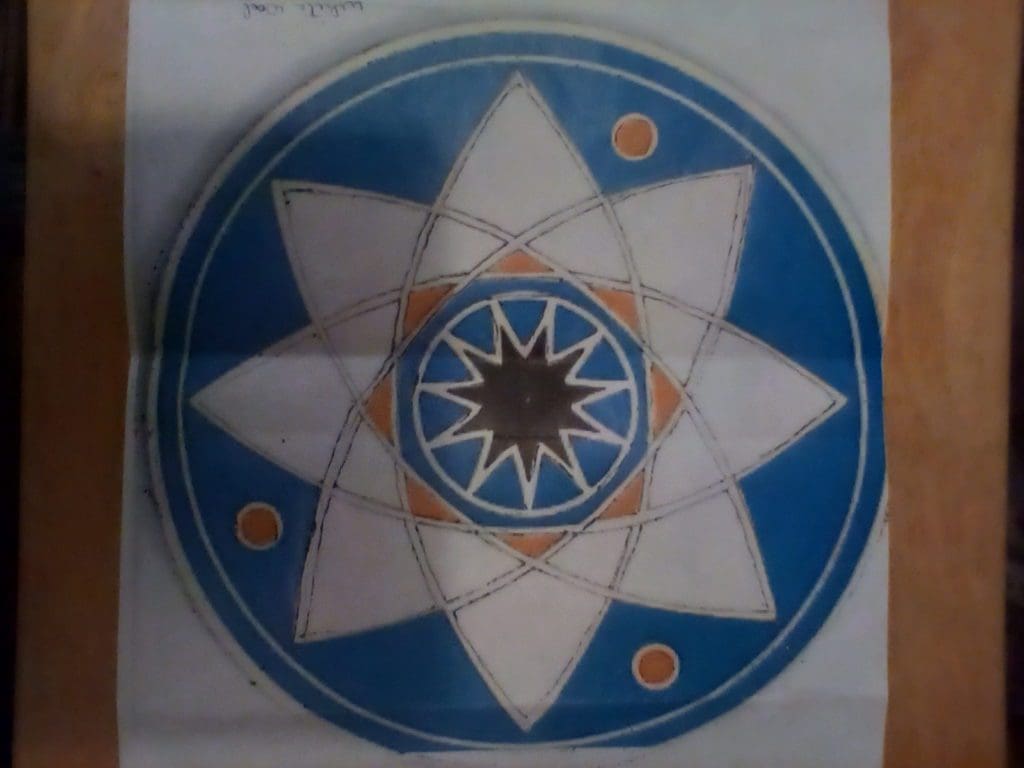


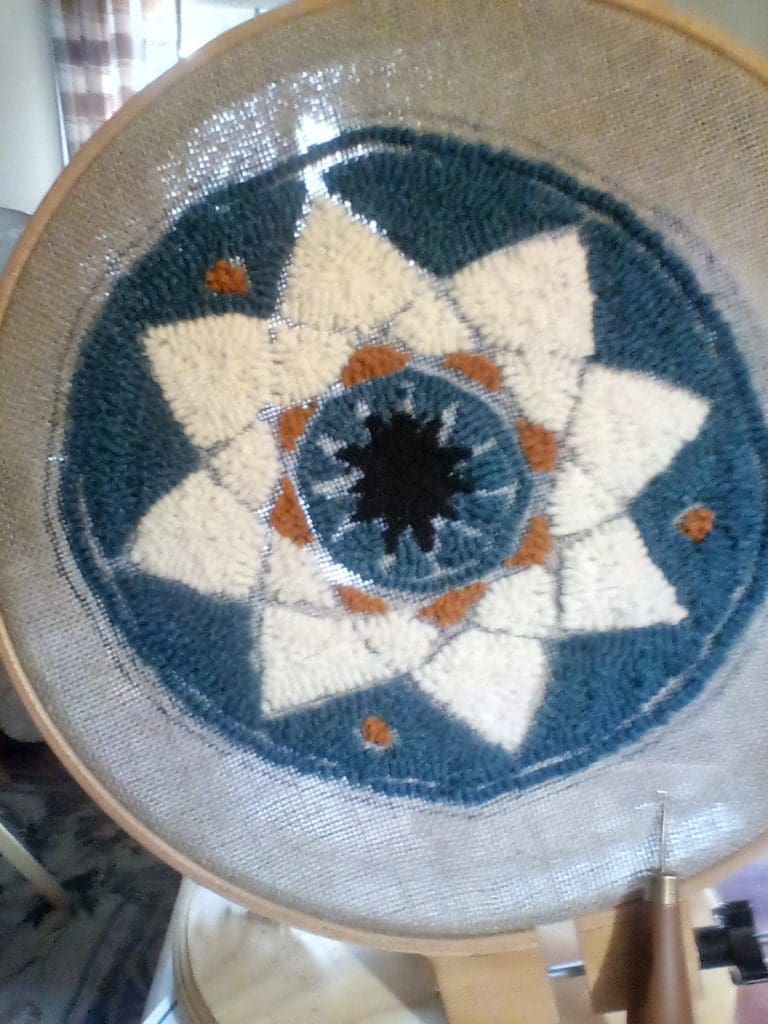

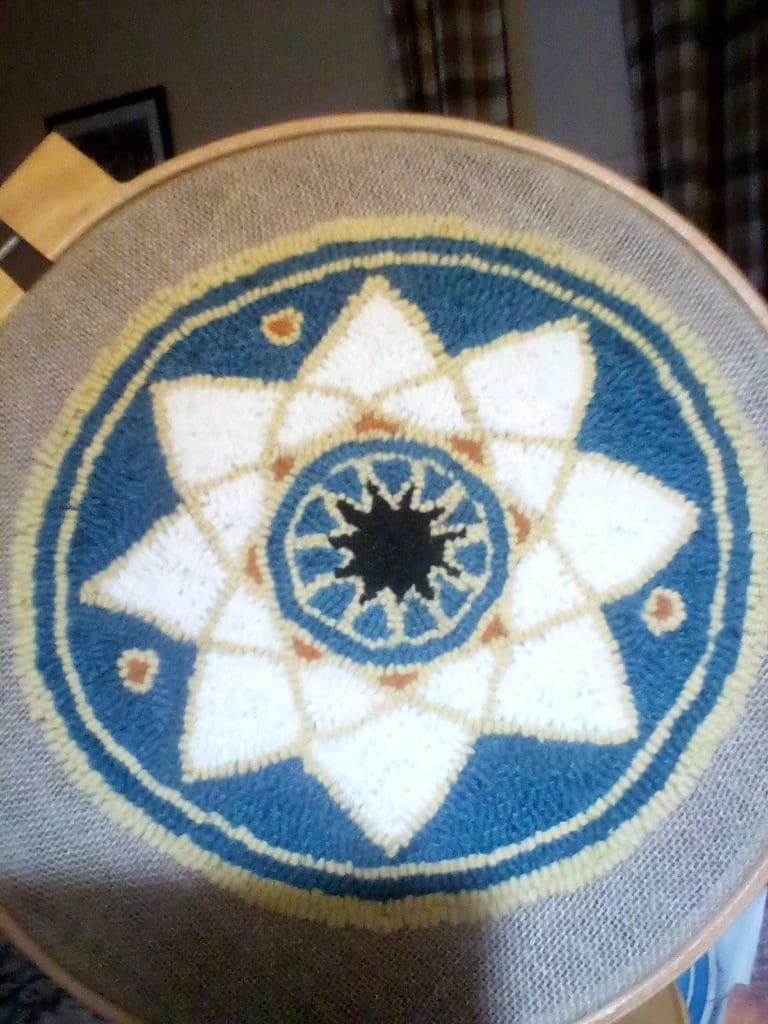

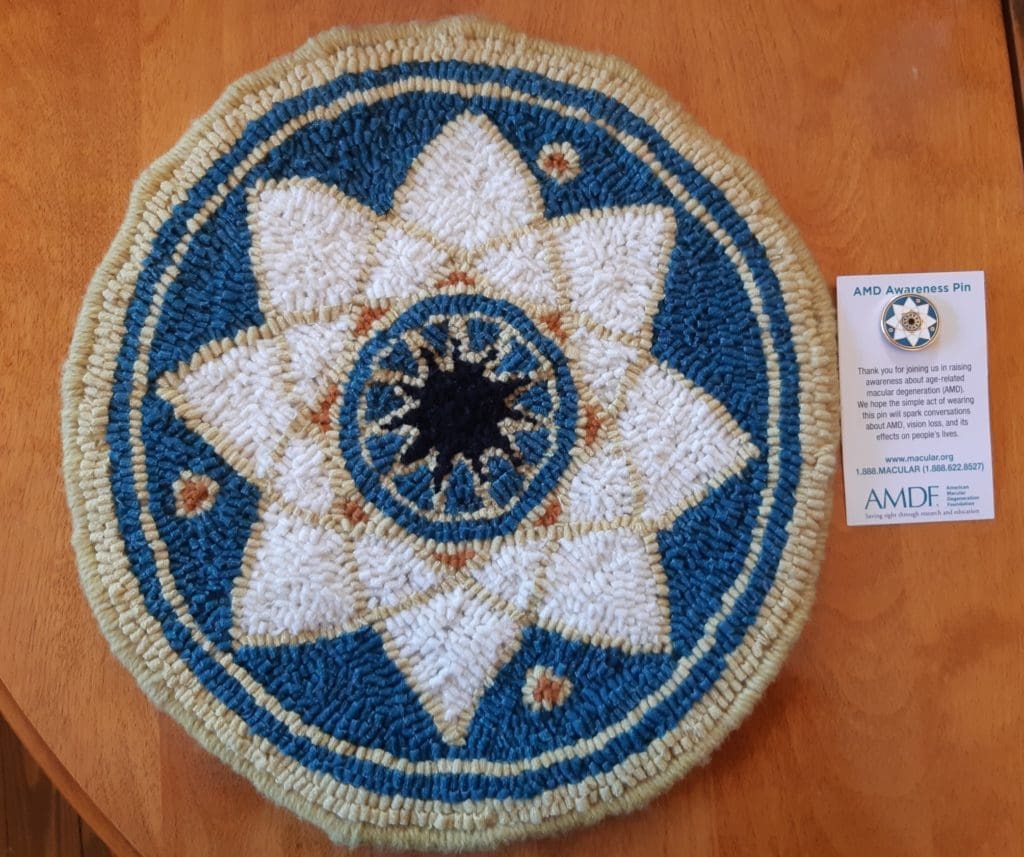
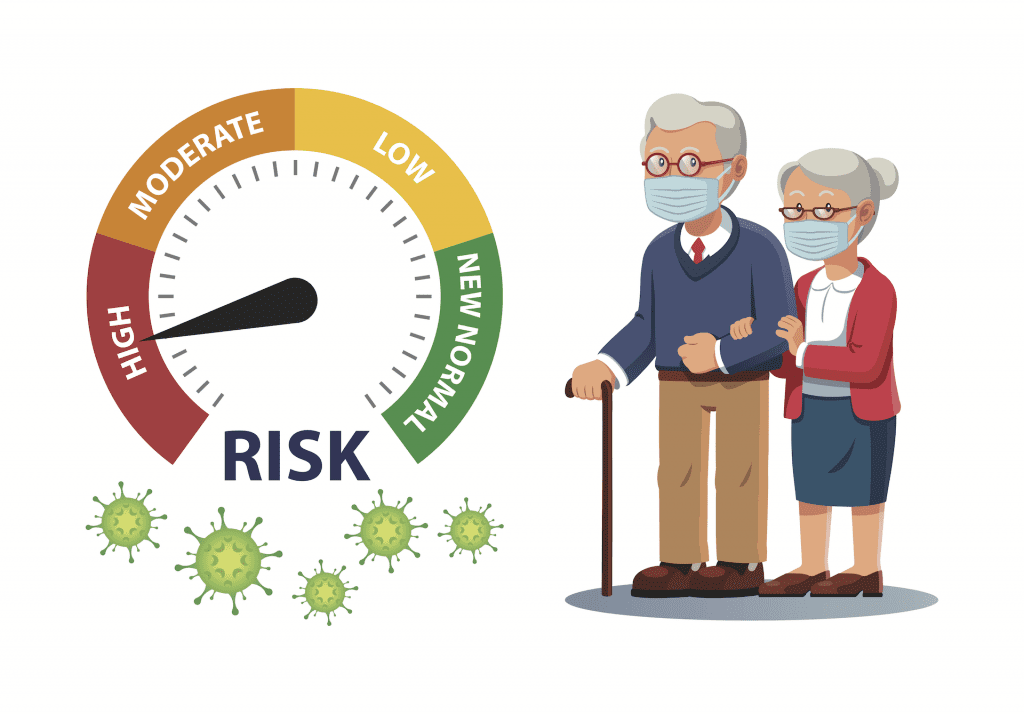



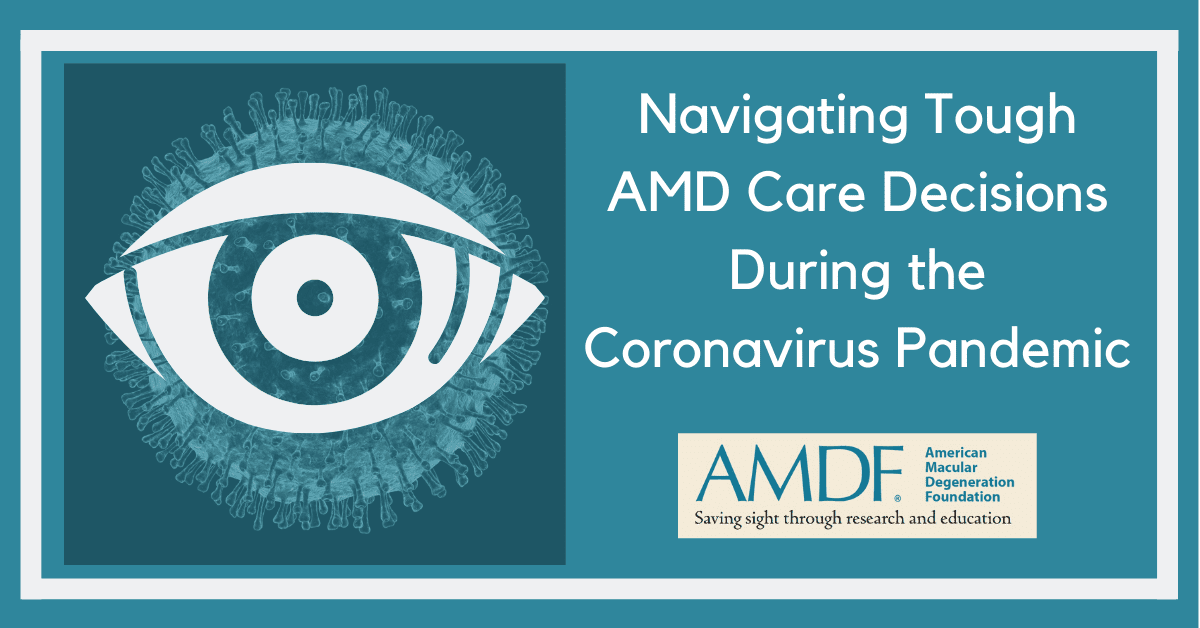

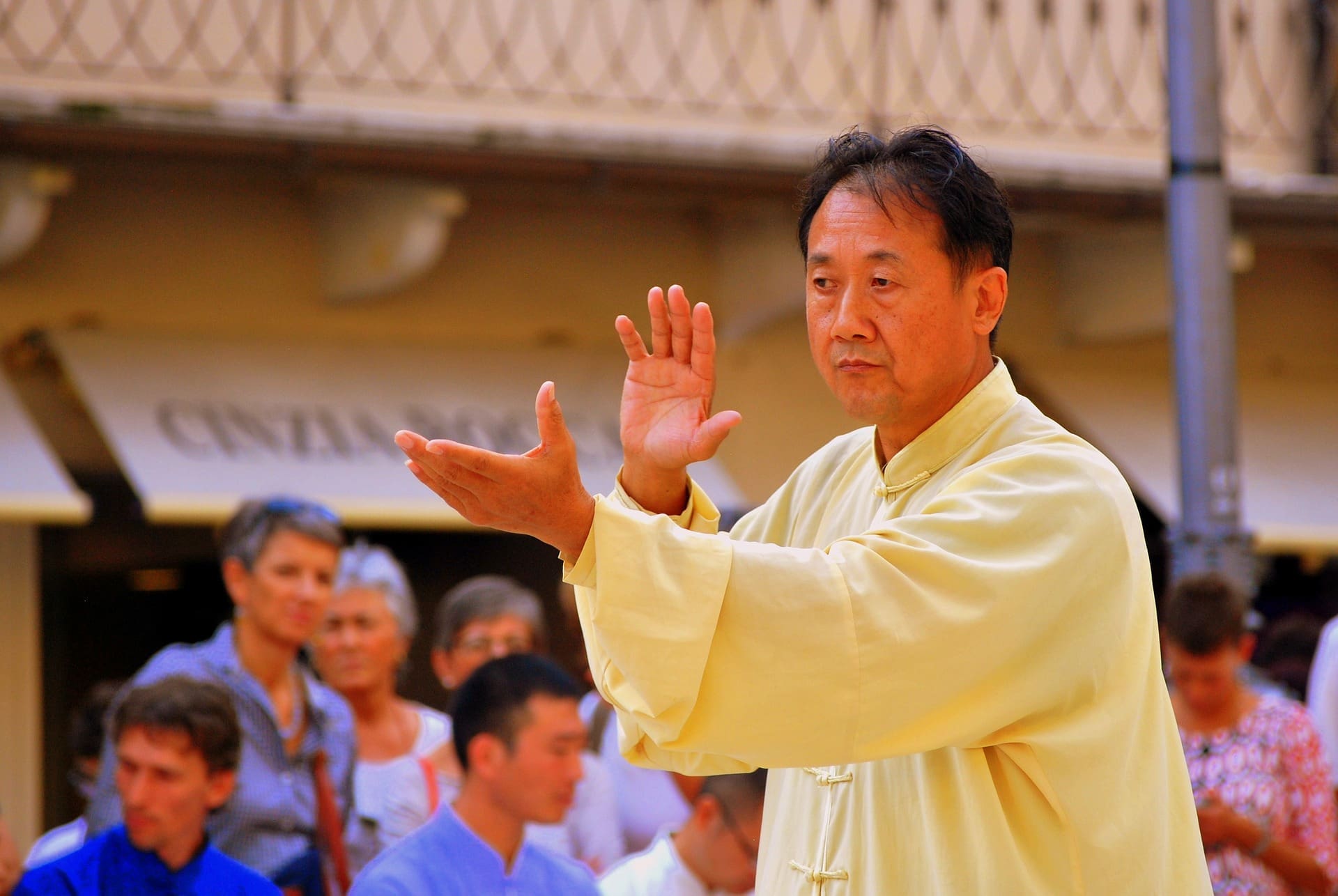 Exercise Classes
Exercise Classes 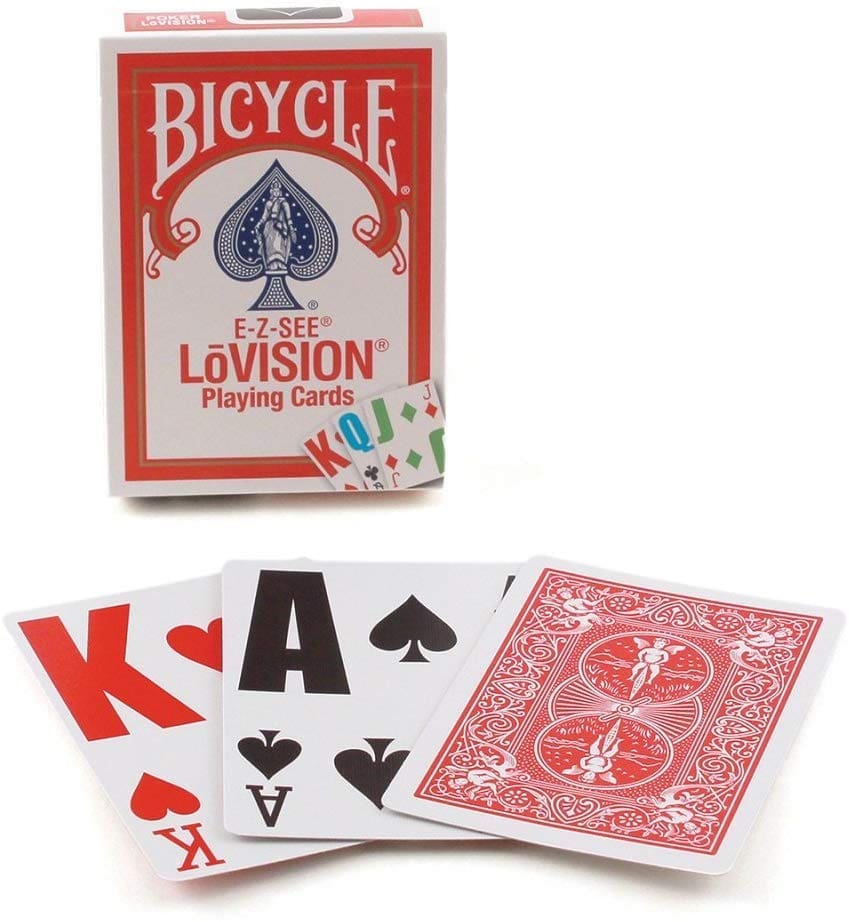 Low Vision Playing Cards
Low Vision Playing Cards EZ Outlet Covers
EZ Outlet Covers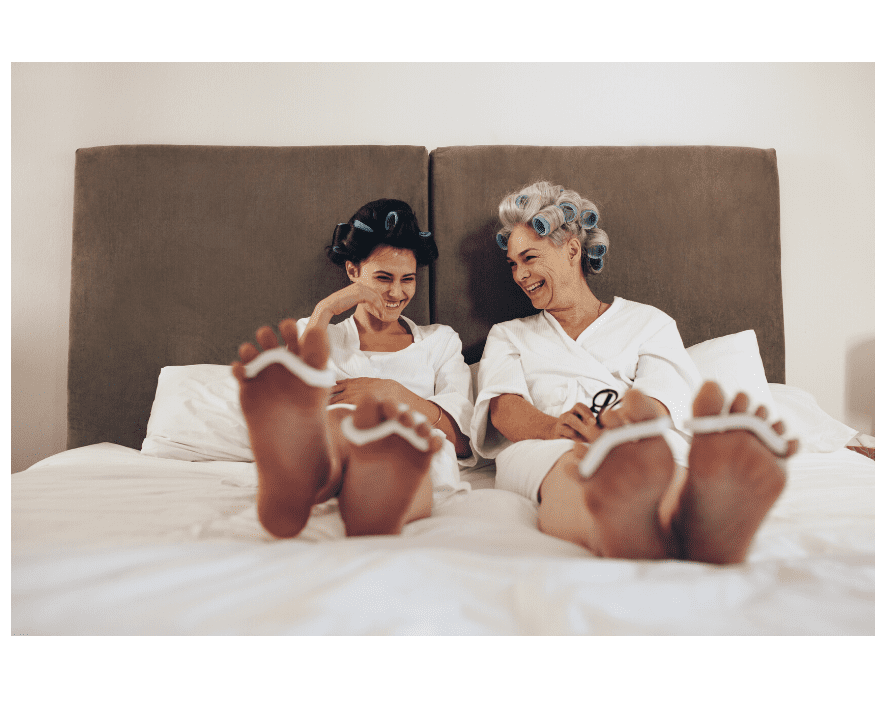 A Pedicure!
A Pedicure! Macular Degeneration Memoir
Macular Degeneration Memoir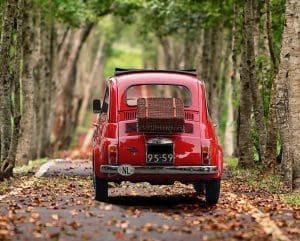
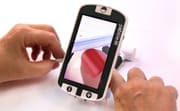 Pebble HD Magnifier
Pebble HD Magnifier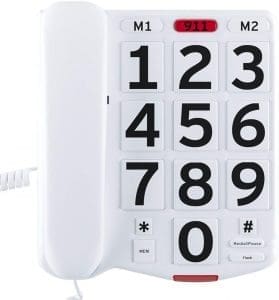 Low Vision Phone
Low Vision Phone Eat Right for Your Sight Cookbook
Eat Right for Your Sight Cookbook